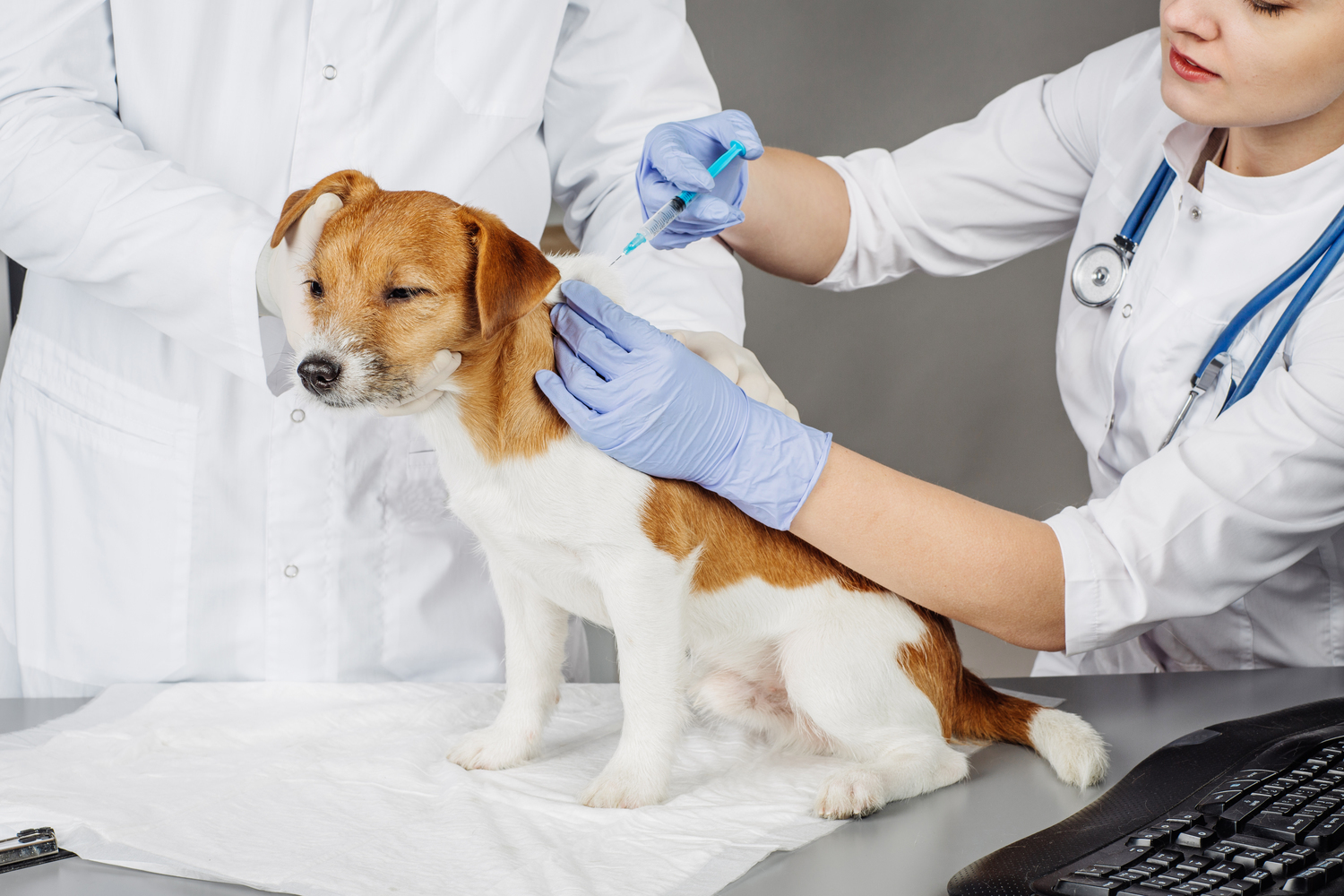
Everything to Know About Rabies
Rabies is a deadly virus that is spread from the saliva of infected animals through a bite. It can be spread to people and requires immediate medical attention. There are numerous animals in the U.S. that are likely to carry the virus, including bats, skunks, raccoons, foxes, and coyotes. Once signs and symptoms appear, the disease is so far along that it nearly always causes death.
To keep you and your pets safe, the following are the most asked questions about this lethal virus:
1. How is rabies transmitted?
Rabies is spread when an infected animal bites or scratches a healthy animal or person. Sometimes the responsible virus is typically transmitted through the saliva of the infected animal when it licks an open wound or when the saliva comes in contact with mucous membranes like the eyes, nose, or mouth of another animal or person. Rabies typically spreads amongst animals. When an infected wild animal like a bat, fox, skunk, or raccoon transmits the disease to a pet dog or cat, it can spread to humans, too.
2. Why is rabies considered dangerous?
Rabies affects the nervous system. It causes the swelling of the brain and ultimately results in death. The medical diagnosis of rabies can be done only after the animal is dead because it requires the tissues in the brain to be examined.
3. What are the symptoms of rabies in pets?
A marked transformation in the personality of the pets (either them becoming extremely violent without any provocation or withdrawing from human contact) is noted. The affected pets might not eat their usual food, drink any water, run around nervously, and sometimes develop paralysis. Excessive salivation or foaming at the mouth and eating strange objects like metal, stone, nails, paper, or wood are also the symptoms of rabies in pets.
4. If a pet is vaccinated against rabies but is bitten by a rabid animal, what should be done?
When a pet is attacked by a rabid animal, it must be attended to by a veterinarian immediately. The identification of the rabid animal would prove to be helpful for further treatment. The area bitten by the rabid animal must be washed thoroughly with soap and clean running water. A dose of anti-rabies injection must be administered at the earliest and the pet animal must be placed under quarantine observation for two weeks. The local animal control officers and/or public health officials must be promptly notified as well. They would try capturing the animal that bit the pet, euthanize it, and send its brain tissues for diagnostic tests to confirm the presence of rabies.
5. Can pets be protected from rabies?
As soon as the pet is three months old, rabies vaccinations must be given. This must be followed by a yearly shot throughout the pet’s life. Contact with wild animals must be avoided when pets are taken for walks in the woods or when camping in natural environments. Wild animals must be kept away from homes with pets by erecting proper fences. Feeding or handling wild animals that appear healthy, injured, or are dead must be avoided.




